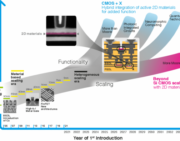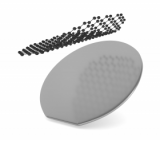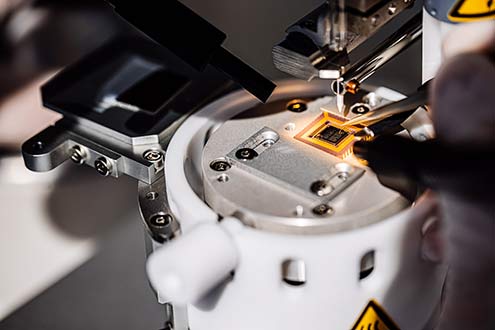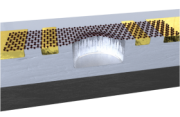2D materials for next generation computing
In a compact comment published in Nature Communications, Max Lemme and colleagues outline the most promising fields of applications of two-dimensional (2D) materials, as well as the challenges that still need to be solved to see the appearance of high-tech products enabled by 2D-materials.






